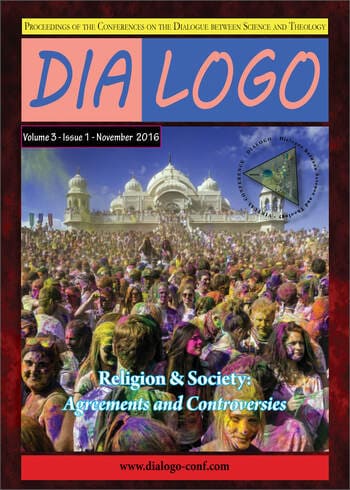
Soprano Lucia Stãnescu, the First Romanian Canto professor in Italy, a Model of Professionalism and Spiritual Growth
Soprano Lucia Stãnescu, the First Romanian Canto professor in Italy, a Model of Professionalism and Spiritual Growth
Keywords: Lucia Stănescu; Lyrical artist; Transylvania; God; Christian-orthodox; Italy; Romania; sound maintenance; human voice; lyric opera;
Lucia Stănescu shined on the stage of the Lyric theater for 32 years, both in the country and abroad. The lirico spinto soprano, revealing a strong artistic personality, became a model in what concerns the performance of the roles of Puccini, and not only. Her vivacious and flexible voice combined with her magnetic and convincing theatricality in every role she had performed. Lyrical artist Lucia Stănescu is a person of intellectual refinement, passionate about and devoted to music and its servants, mature or still students. She is, also, a model in what concerns the support of the free movement of values. Professor Lucia Stănescu’s laborious work has been accomplished through the art of molding voices shaped in the manner of a Romanian singing school, carrying the joy of living, of giving, of being.
More...